Those of you who know me know too well how much I adore Kazuo Koike and Goseki Kojima’s epic manga samurai series, Love Wolf and Cub. It was one of the first books I came to when I first came to comics as Epic was republishing the English language translation of it in gorgeous prestige format books with Bill Sienkiewicz and Frank Miller running cover duties. And while Bill and Frank brought me to the table, it was the meal made by Kojima and Koike that kept filling the menu. Not just a deep well of Japan’s Ego period told through the lonesome vengeful travels of the disgraced Shogun’s Executioner and his young son, Daigoro, but also through the individual and often impoverished experiences of of the peasant classes scrambling for survival and dignity did this period come to life in a way only Kurosawa and Kobyashi could scratch the surface of.
A work of undeniable genius and I believe still, the longest single comic story ever told clocking in at around five thousand pages, LW&C didn’t catch me fully at first. It was the deep intimate storytelling, the stunning panel to panel work that I will argue to this day remains some of the most elegant and brilliant comics narrative work ever created. The entire final book, hundreds of pages depicts a single sword fight to culminate this heartfelt revenge tale. And it does not for a single page waste time or bore us in the way you might find in a latter cape book filled with pizzazz splash pages, and dynamically angle panels and digital trickery. It just does what it does perfectly. The movement of a foot as a strike is prepared, the drifting of a broken toy down the moving river after a fire, the pained look of hunger in young Daigoro’s eyes turning to resolve… I thought I was long since done with LW&C twenty years ago exceptionalism that overtime I pick it up again I find myself burning through the entire series cover to cover. It has been wholly responsible for informing INDEH’s storytelling and narrative detail, THE LOST BOY’S character development, FREAKS OF THE HEARTLAND’S silent panel work, and now my new book with Ethan Hawke, MEADOWLARK’s fight scenes and interplay between father and son. It is the book that made me look to semi ink. The book that made me realize I didn’t want to make more superhero comics. It is the book that reminds my why I work in comics even after all these pages and years and lost late nights.
And as if tailor made Dark Horse has released a stunning oversized Artist’s edition of the book complete with card stock-thick paper and impeccable printing at full scale to show off Kojima’s gentle and ferocious brushwork. But what caused my heart to sing it’s song today is that aside from being a collection of the best scenes and pages of the series, it also houses the very last moment of the very last sword fight between the Yagyu Master and Ogami Itto- Daigoro in full gorgeous and stunning detail. Akin to Tolkein’s change up at the pinnacle moment with Golem and Frodo at the end of the Lord of the Rings series, Koike crafts a switch that, without spoiling it for you, ties an emotional bow around the entire series in a way I never thought possible. To see it in full, with all the tape marks and smudges and blue line work in this way does the highest possible honor to comics’ greatest epic, and had me looking at it almost daily as a result. Just when I thought I couldn’t;t be conned into buying any more versions of LW&C… they pulled me back in. And I could not be happier for it.
It aint cheap, but for a die hard like me it’s not even a consideration. The omnibus editions are the best way to tackle the series in English as it now stands- and I cannot recommend more heartily the need to pick up the first one and see what I’m talking about.
Special thanks to Matt Dicke for putting me to this. To get a copy for yourself, or to see the series as a whole, please go HERE



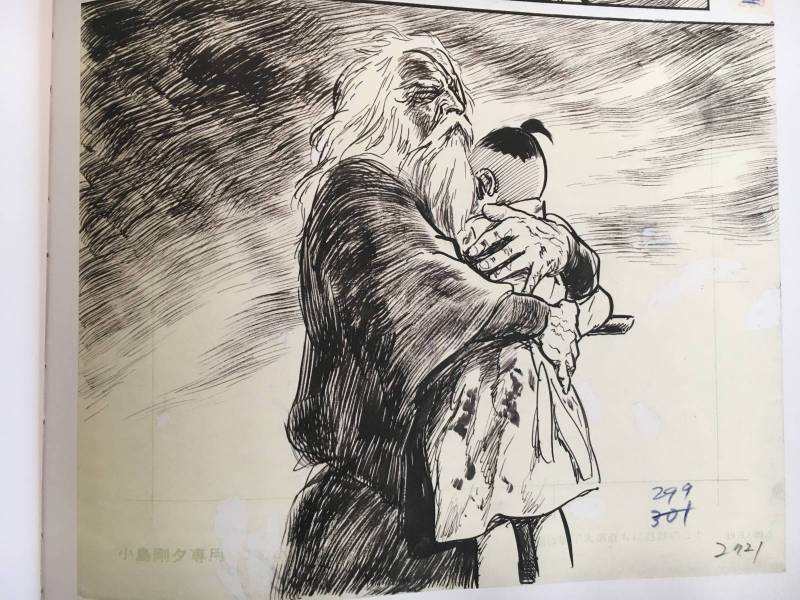
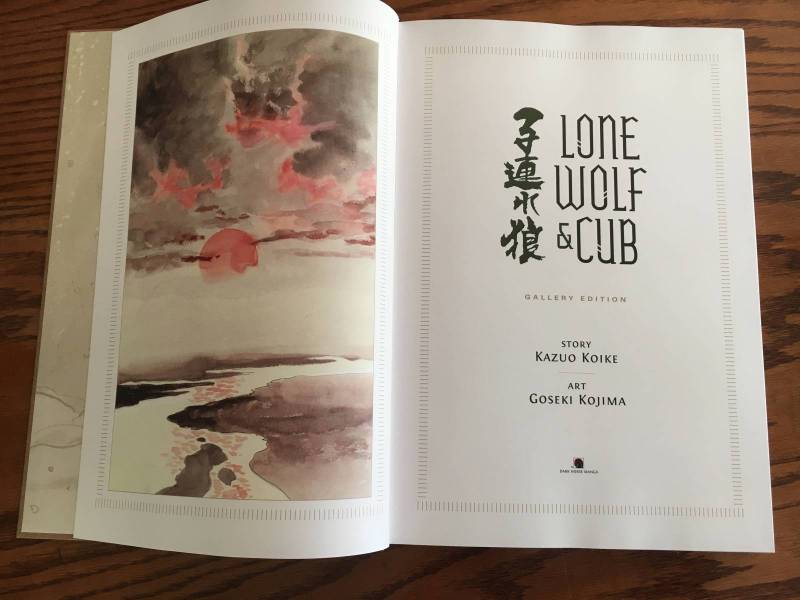
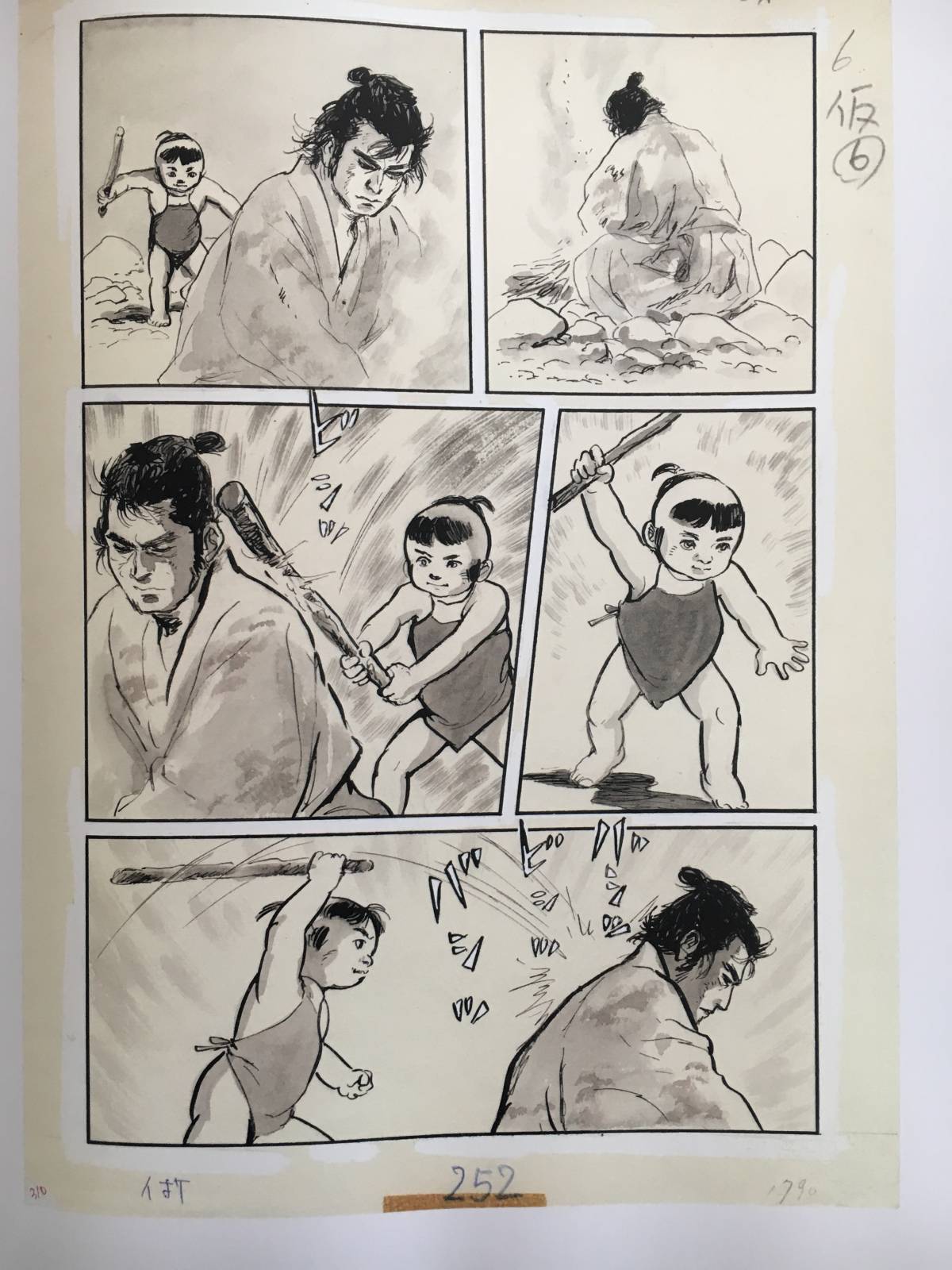
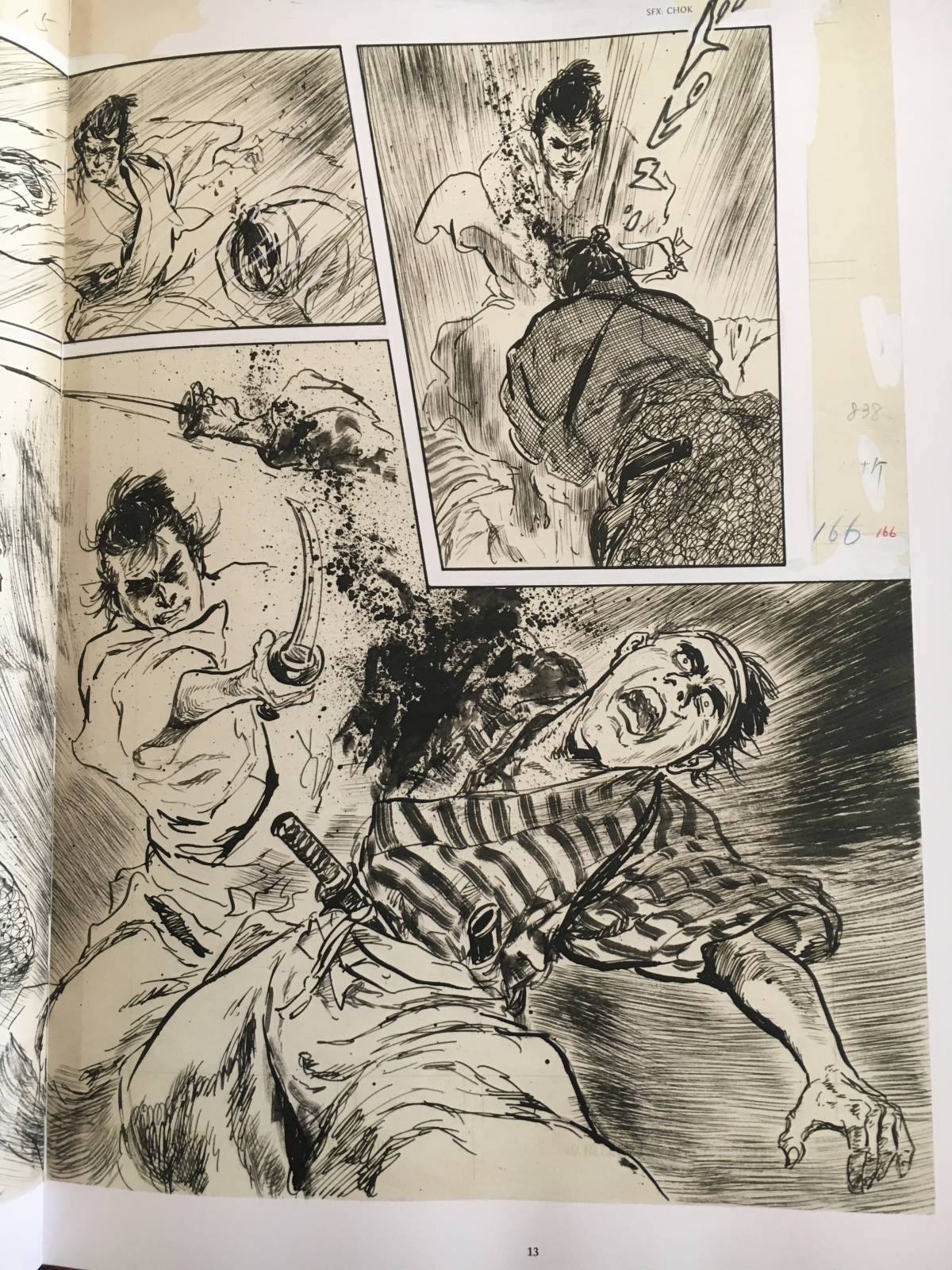
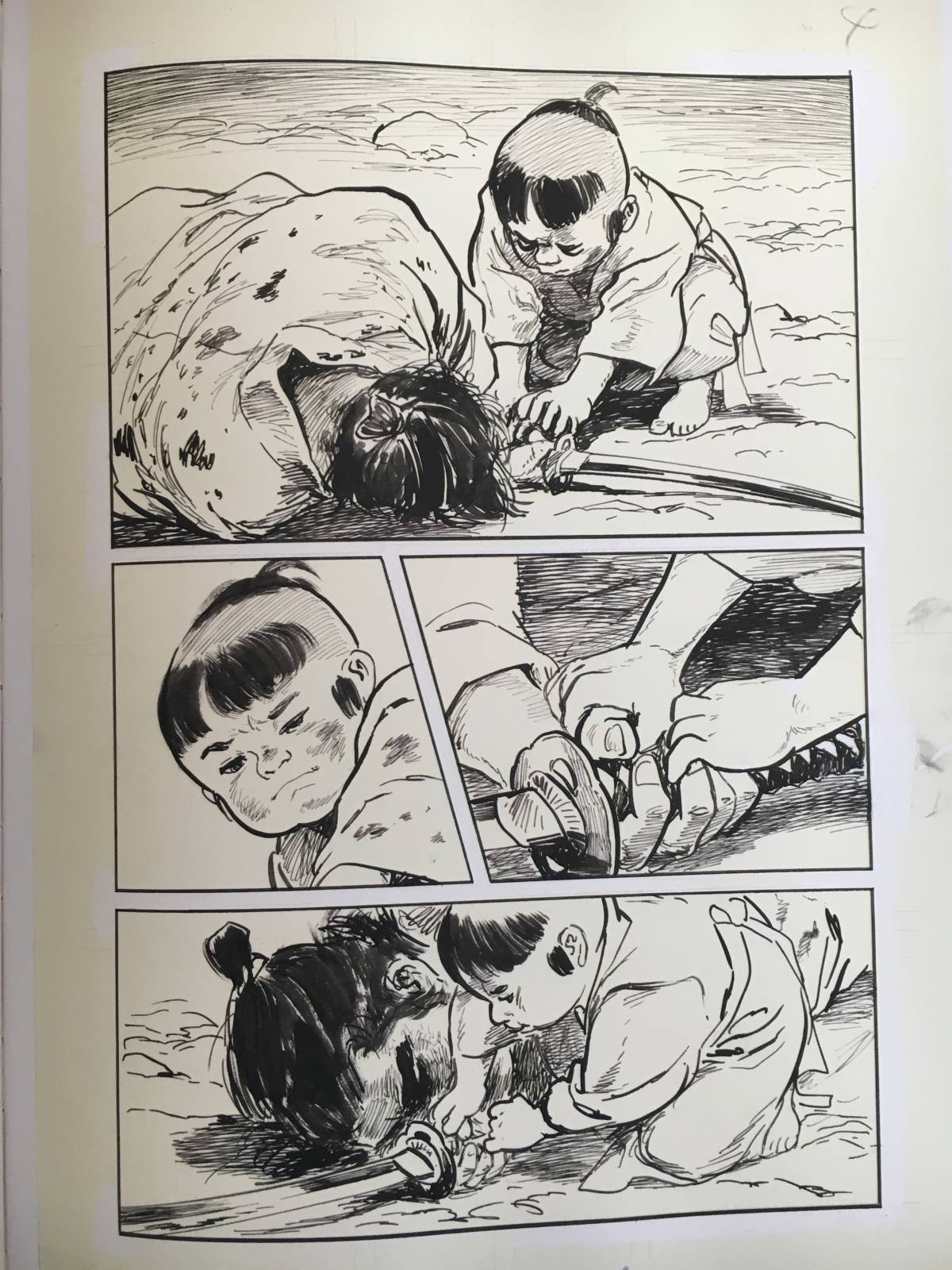
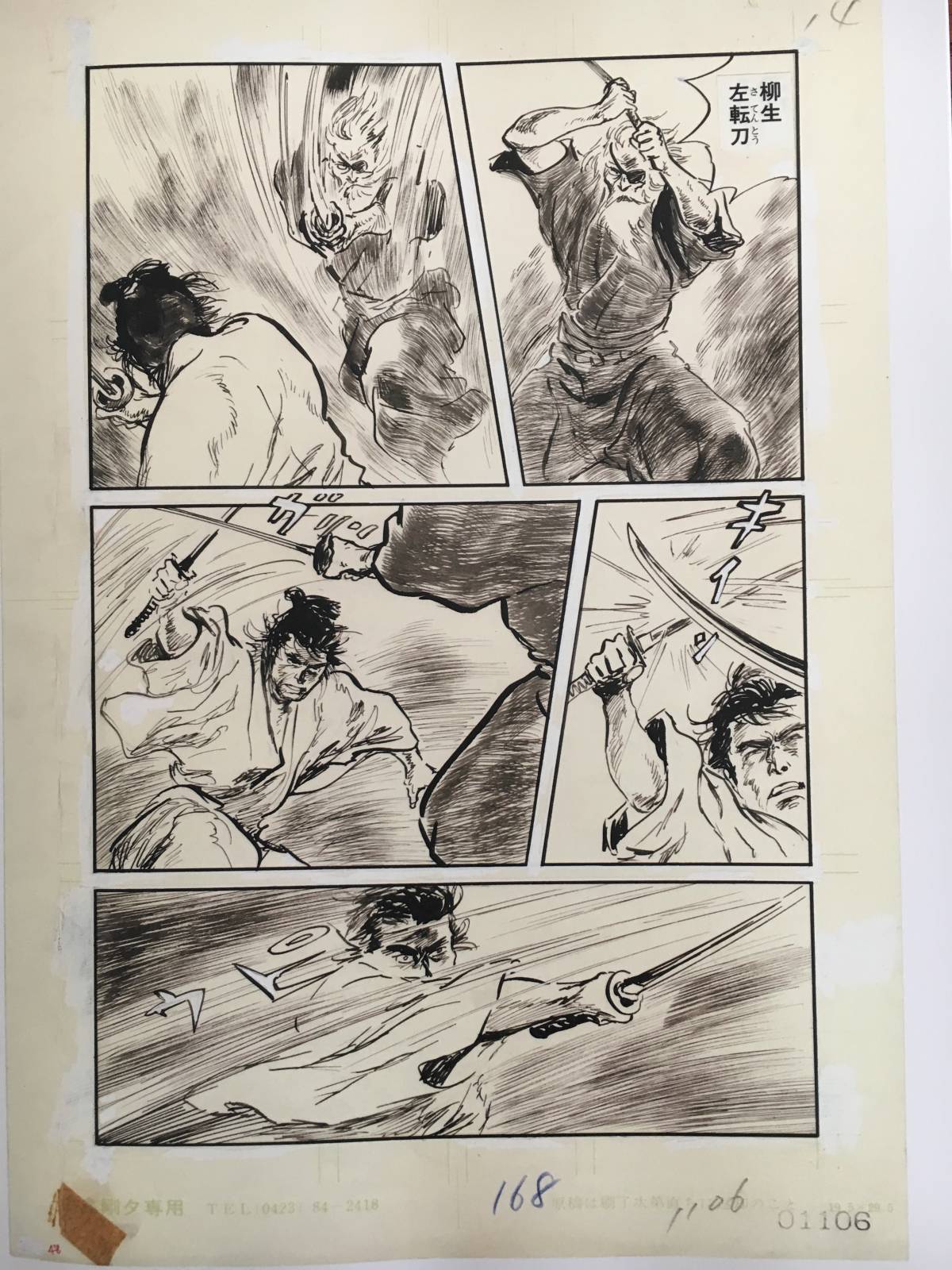
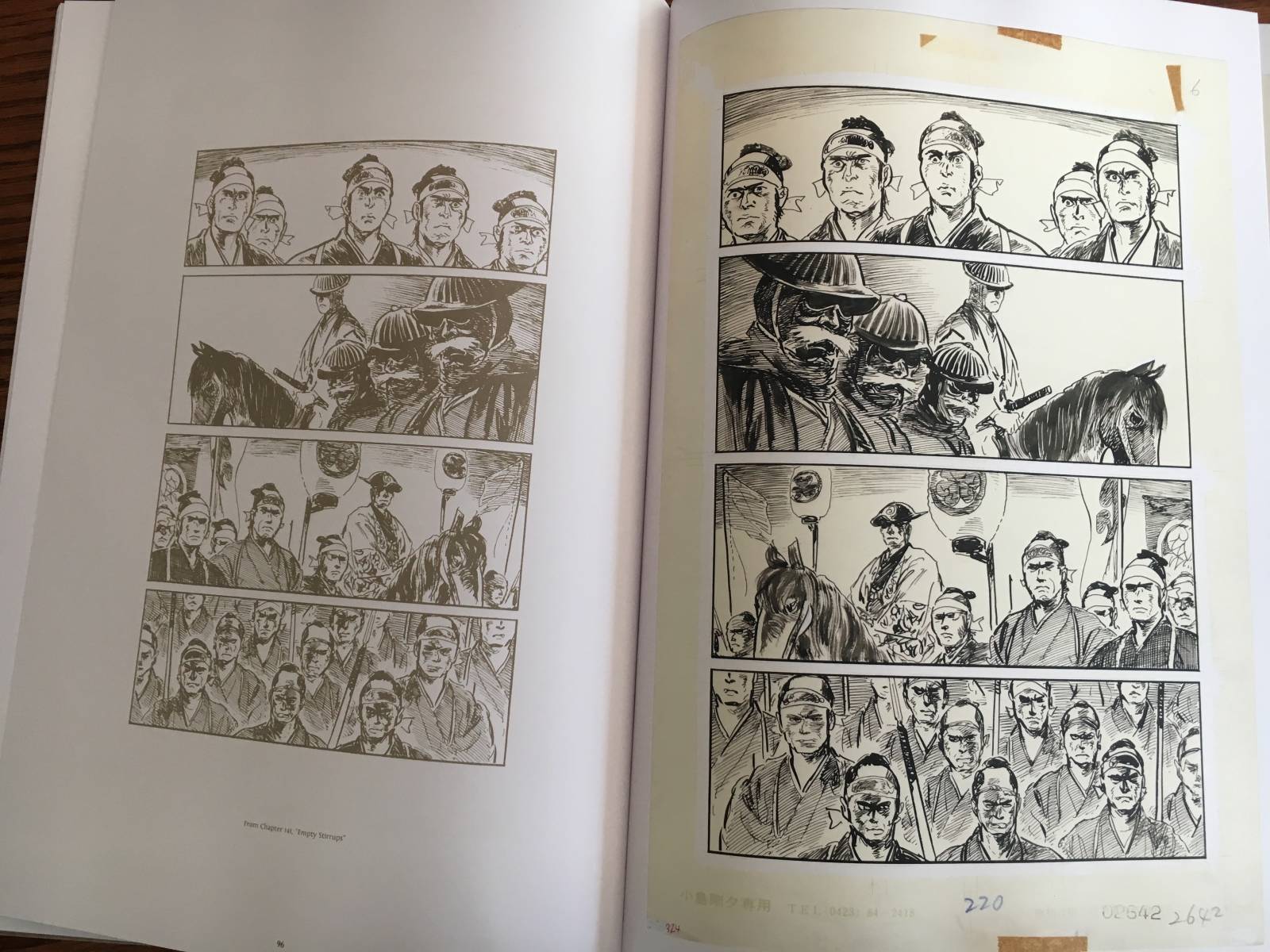
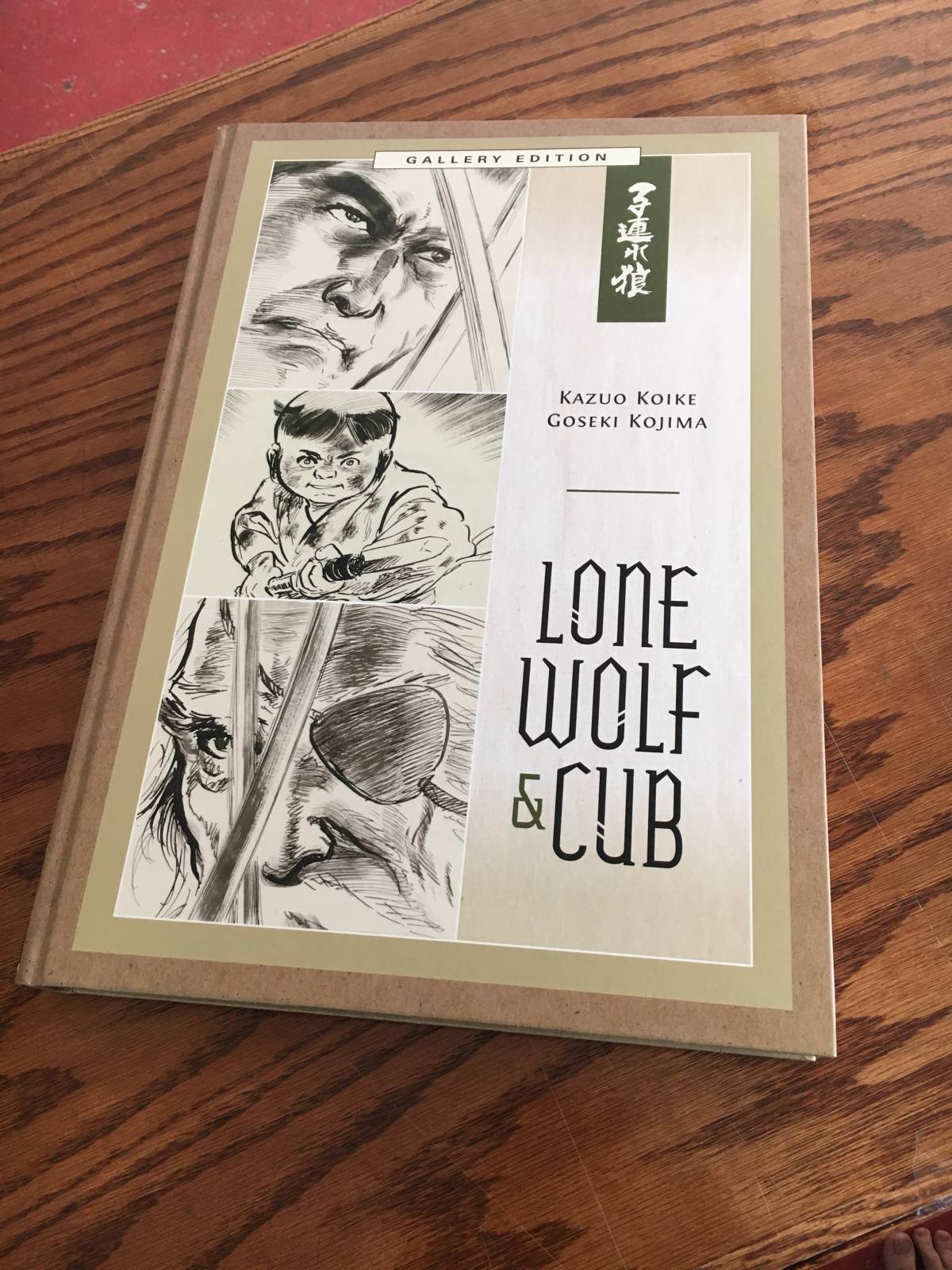
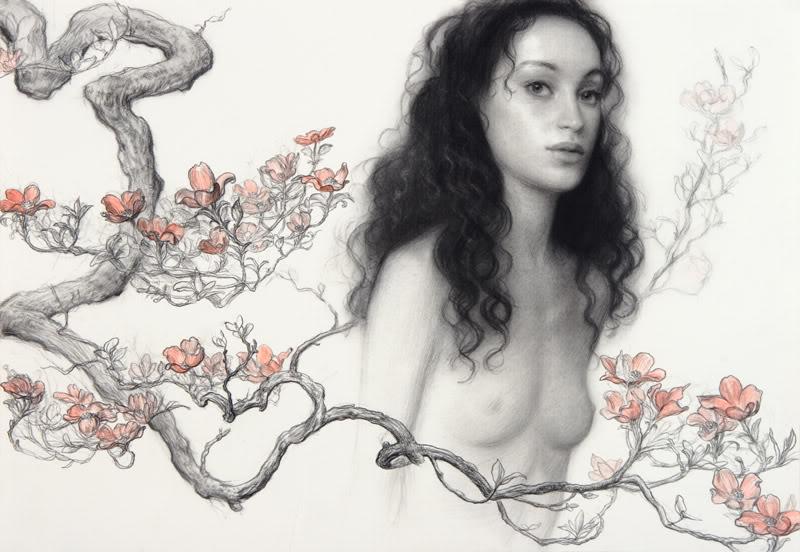
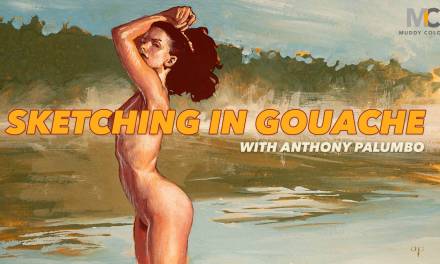
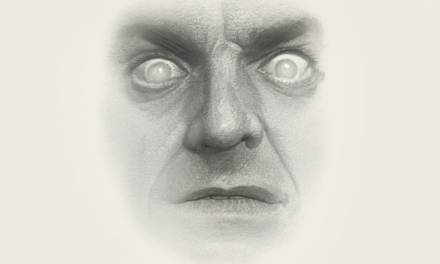
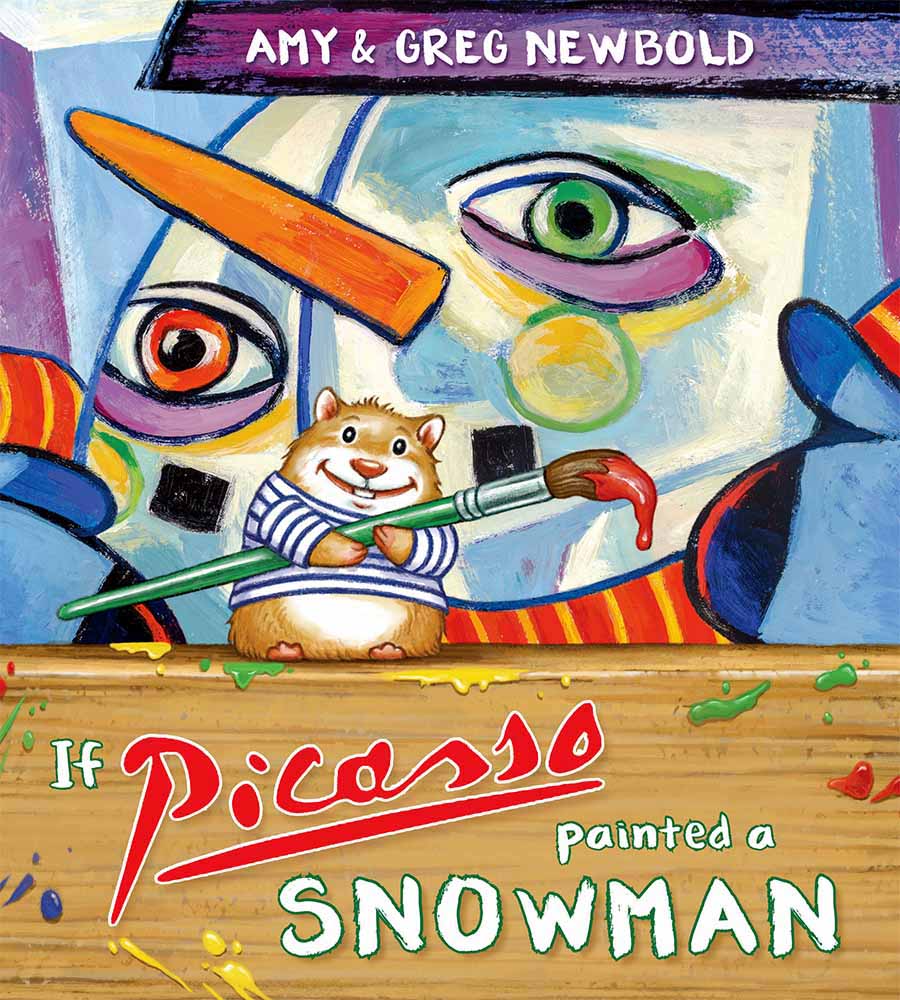
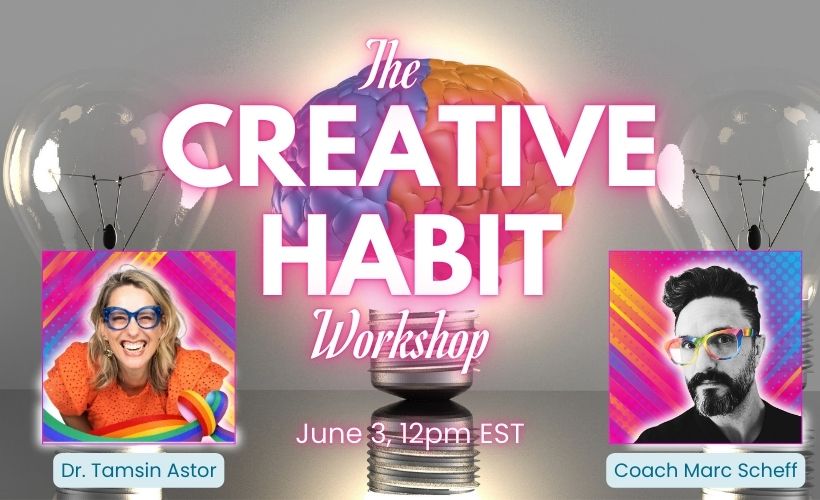
Few fact checks…
The original English reprinting of LONE WOLF and CUB was published by First Comics, not Epic Comics.
The page count of the first LONE WOLF and CUB series is over 8600 pages.
Also: The stock of the Dark Horse Gallery Edition (their trademark equivalent of the Artist Edition original art books from IDW Publishing) isn’t quite “card stock” — that would make the volume so exceedingly thick that it would be hard to turn the pages.